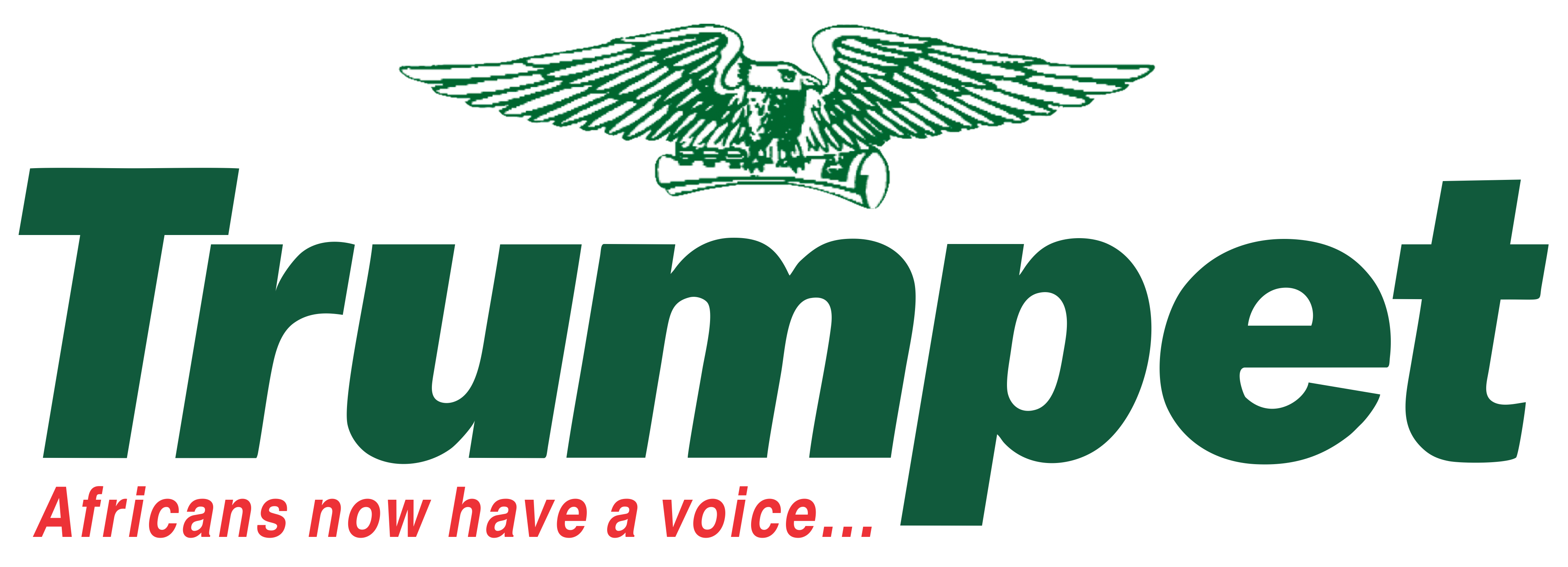The World Bank defines learning poverty as the state where students are unable to read and understand simple text by age 10. They revealed that 53% of children in low- and middle-income countries suffer from learning poverty because they cannot read and understand a simple story by the end of primary school. In the Sub-Saharan Africa region, learning poverty incidences are alarmingly high, with rates ranging between 80% and 90%. Since reading is one of the fundamental skills necessary for learning, the lack of ability to read will limit young children’s opportunities because they will not be able to progress in areas such as mathematics, science, and humanities.
The lack of security in schools has also contributed to why the majority of children in the African region are unable to go to school and learn. This is why Ibironke Adeagbo aims to stabilise and strengthen the security of schools in Nigeria by partnering with a security company to reduce the number of ‘out-of-school’ children in the community. With this, more children will be able to learn and grow in a secure environment. However, learning poverty may also indicate that school systems aren’t well organised to facilitate effective learning.

Bridge Academies' system as a solution to Learning Poverty
Bridge Academies' system as a solution to Learning Poverty
How can Standardisation address Learning Poverty?
In a ground-breaking study by Nobel prize-winner Professor Michael Kremer, along with his colleagues, into the teaching methodologies of Bridge Academies, they found that learning gains are much higher among students when education is standardised. Their research data showed that primary pupils through Class 8 in Bridge International Academies Kenya gained almost an additional year of learning under the school’s integrated methodology compared to traditional schools. Instead of studying the same lessons for their year level in three years, students in the academy only took two years of studying.
For pre-primary pupils, the learning gains were even bigger. Students in Bridge International Academies gained almost an additional year and a half of learning since they learned in two years what students in other schools learn in three and a half years. Moreover, 82% of Grade 1 pupils in Bridge Academies schools were already able to read a sentence. This is a huge difference from the 27% of children who can read in the same grade level from other schools.
To achieve this, Bridge International Academies delivers highly detailed lesson guides and textbooks to allow teachers to understand what they should teach and how they should teach concepts. Apart from standardised teaching methods, the academy also follows a consistent format in the construction of physical classrooms as well as how they conduct teacher monitoring and feedback. Since the lessons and method of teaching are standardised, it will ensure that all children receive the same quality of education and they are learning the appropriate lessons they need for their grade level or age.
With this, Professor Kremer highly encourages policymakers to explore the possibility of incorporating standardisation, such as standardised lesson plans and teacher feedback and monitoring, in their systems. Through the example set by Bridge Academies, schools can significantly lower the high rates of learning poverty in the continent because students can acquire quality education in a short time. It also provides equitable learning opportunities for students in low-income communities.
Is there a universal solution?
Although Bridge Academies showed that standardisation works, it may not work for all cases because different communities may require different strategies. UNICEF shared that the curriculum and teaching method of schools must adjust to meet students’ learning needs, especially when schools have just recently reopened. They explained that instructors must reach out to every child to keep them in school, assess students’ learning levels regularly, prioritise teaching the fundamentals, and increase their efficiency of instruction. Along with these short-term interventions, schools must complement them with many other reforms in teachers’ careers and incentives, instructional methods, and safety protocols.
* For more education and world news, do read our other posts at Trumpet Media Group.
